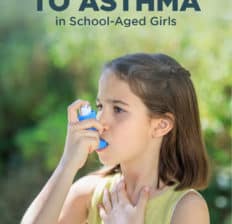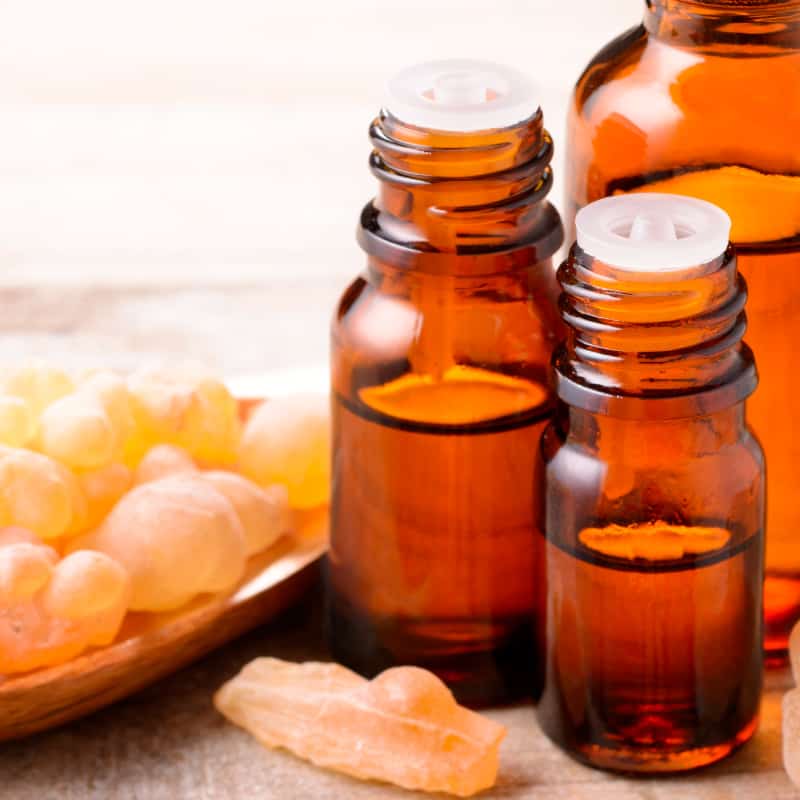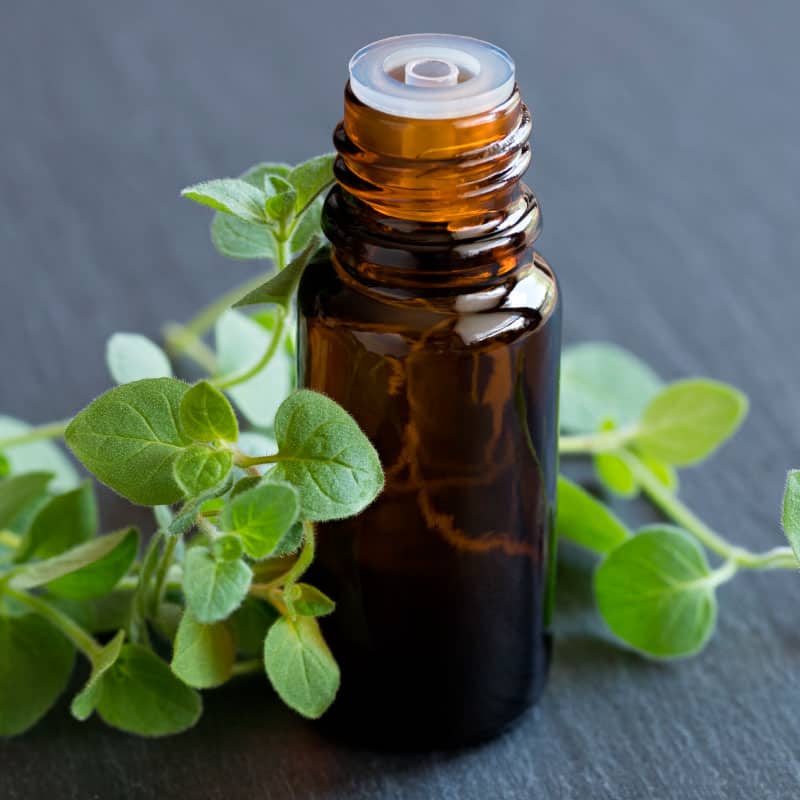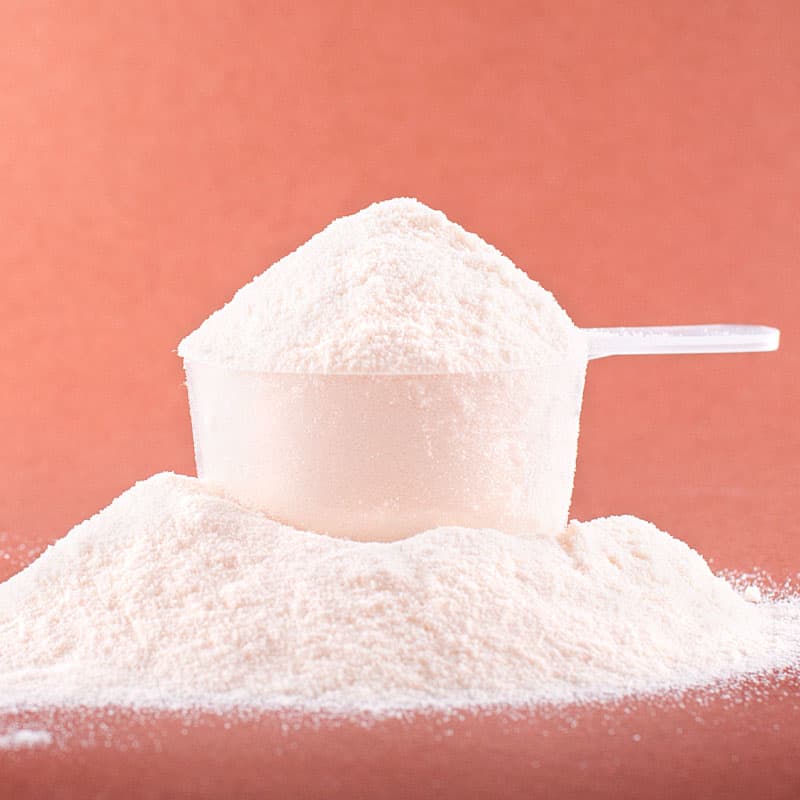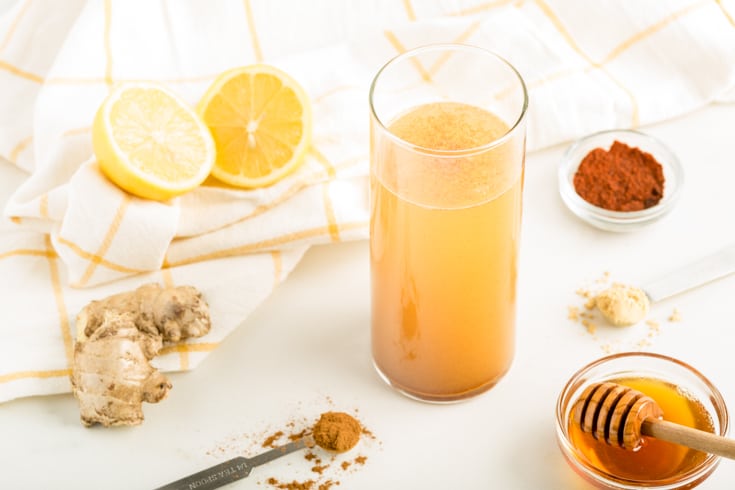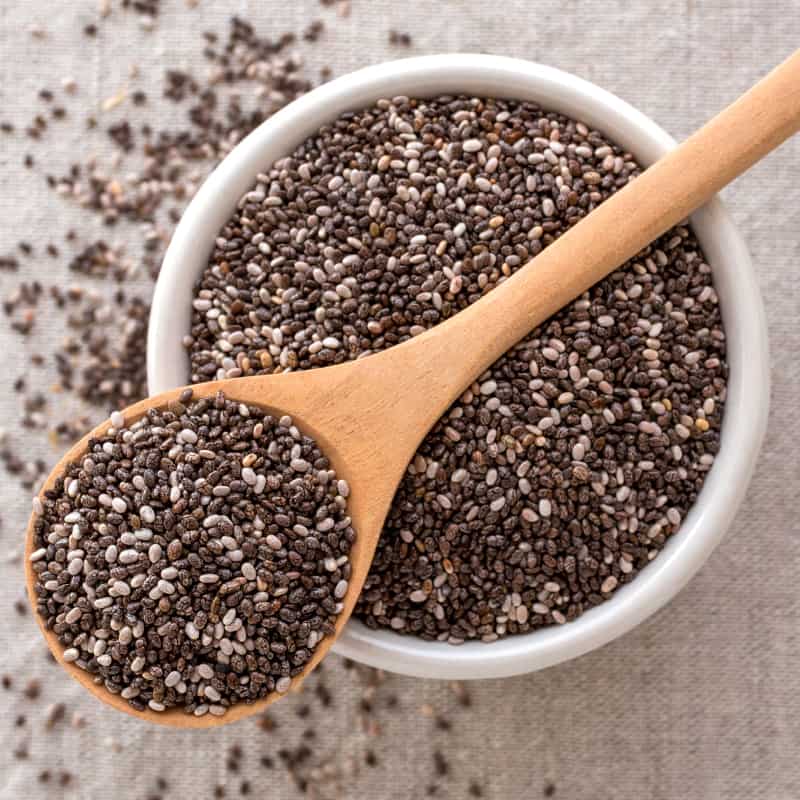This Dr. Axe content is medically reviewed or fact checked to ensure factually accurate information.
With strict editorial sourcing guidelines, we only link to academic research institutions, reputable media sites and, when research is available, medically peer-reviewed studies. Note that the numbers in parentheses (1, 2, etc.) are clickable links to these studies.
The information in our articles is NOT intended to replace a one-on-one relationship with a qualified health care professional and is not intended as medical advice.
This article is based on scientific evidence, written by experts and fact checked by our trained editorial staff. Note that the numbers in parentheses (1, 2, etc.) are clickable links to medically peer-reviewed studies.
Our team includes licensed nutritionists and dietitians, certified health education specialists, as well as certified strength and conditioning specialists, personal trainers and corrective exercise specialists. Our team aims to be not only thorough with its research, but also objective and unbiased.
The information in our articles is NOT intended to replace a one-on-one relationship with a qualified health care professional and is not intended as medical advice.
BPA Linked to Asthma in School-Age Girls
April 19, 2022

A recent CNN headline read: “BPA linked to asthma in school-age girls, study finds.”
Scientists have known about BPA toxic effects for years, and this latest study offers a concerning reminder that even prenatal exposure to the common chemical can lead to health issues that don’t show up until years down the line.
Thankfully, due to increased publicity highlighting the health risks of BPA, biomonitoring studies show that, overall, levels seem to be dropping.
But there’s still an equity issue at play here: Despite the declining levels, Black women still faced increased BPA contamination inside of their bodies compared to white counterparts.
In 2018, a Black person was still 40 percent more likely to have asthma than non-Hispanic whites.
Aside from the fact that air pollution tends to be much worse in minority neighborhoods (because this is where power plants, refineries and other polluters tend to build), could this be another piece of the puzzle explaining why the Black community is dealing with so much asthma?
Could that harmful lining in canned foods and drinks be playing a role? And what can we all do to protect ourselves, and everyone in our country?
Study Findings: BPA Linked to Asthma in School-Age Girls
Could the canned peas your mother craved when she was pregnant result in you needing an inhaler to get through gym class?
Well, yes, and it’s one of the many ways that endocrine-disrupting chemicals, even in tiny amounts, can tinker with our bodies’ delicate hormonal and immune systems.
The latest study linking BPA to health problems was published in the journal Environment International.
Researchers looked at more than 3,000 women in six European countries between 1999 and 2010. Then, they followed up to investigate the children’s respiratory health in the years that followed.
The key findings include:
- Concentrations of BPA in a mother during pregnancy increased the risk of asthma and wheezing in children by the time they went to school.
- A twofold increase in BPA urine concentration was linked to a 13 percent higher risk of respiratory issues.
- Interestingly, the link between a pregnant mother’s BPA exposure and wheezing in her school-age child years later was only seen in female children.”Our results are in line with those of earlier studies, which have also reported that bisphenol A has a negative impact on respiratory health in childhood. We believe that the effect may be due the fact that bisphenols can cross the placental barrier and interfere with the child’s respiratory and immune systems during the developmental phase,” explains Alicia Abellán, lead author of the study and researcher at the Barcelona Institute for Global Health (ISGlobal).
Regarding the different outcomes of boys versus girls, the researchers acknowledge that “bisphenols are endocrine disruptors and can interfere with sex hormones. As our findings suggest, this may give rise to differences in the effects they have depending on the sex of the person exposed.”
How to Avoid BPA
BPA toxicity symptoms are sly — unlike, say, being exposed to a bunch of bleach, which can warrant an emergency room visit.
There are a slew of reasons to avoid BPA and some of its replacements that are actually more harmful. Asthma is one of them.
Breast cancer and weight gain are others. The list goes on and on.
Overall, stronger chemical regulations are needed to keep dangerous products off of the market before millions of people are exposed for decades.
Do we really deserve to be guinea pigs? Do our kids?
If you’re sick of being part of a huge science experiment you didn’t sign up for, elect officials who will make stronger chemical regulations a reality.
Until that happens, here are other ways you can avoid BPA…
- Avoid canned foods and drinks whenever possible.
- Opt for fresh foods whenever you can. (Again, this is an equity issue: At least 13.5 million Americans have low access to healthy foods in their neighborhoods.)
- Before buying canned goods advertised as BPA-free, look for a replacement in glass. If you really want the canned version, call the company and find out exactly what the BPA replacement is. Many replacements, like BPS, are toxic, as well.
- Avoid plastic whenever possible. Chemicals in plastics are linked to cardiovascular disease, too.
- When you do use plastic, avoid washing it in the dishwasher or heating it in the microwave.
- Opt for food containers made of stainless steel, porcelain and glass as often as possible.
How to Deal with Asthma
Asthma symptoms impact 25 million Americans. The BPA-asthma study doesn’t attempt to say all of those cases are due to BPA exposure, but the point is it’s something so many people, particularly kids and teens, are dealing with. And it doesn’t have to be that way.
Here are some ways to avoid the wheezing (and utter scariness) of having an asthma attack:
- Avoid indoor irritants. Not only are they respiratory irritants and allergens, but many synthetic scents are linked to cancer and more. They hide out in dryer sheets, plug-ins, scented candles, perfumes and colognes, and a whole lot more. Opt for fragrance-free.
- Hone in on your food choices. Certain foods, even healthy ones, could be triggering low-level inflammation and irritation in your body, which makes you more prone to an asthma attack. Try keeping a food journal. Every few weeks, cut out a common food trigger like dairy and ultra-processed foods.
- As best as you can, try to insulate yourself from fast, dramatic changes in temperature and humidity. These sudden “jolts” in environmental change can trigger an attack.
- Be an advocate. Don’t buy eggs, meat and dairy raised in factory farm conditions. These warehouse farms often create awful air pollution for workers and nearby neighborhoods. If you are privileged enough to live in a neighborhood without trash incinerators, landfills, natural gas compressor stations and coal plants, consider donating your time to help folks who live in those neighborhoods fight for the clean air everyone deserves.
Conclusion
- Bisphenol A, or BPA, is a common, hormone-disrupting chemical found in certain plastics and in canned foods and drinks.
- A 2022 study found that pregnant women with higher levels of BPA in their urine were much more likely to have children with asthma symptoms by the time they went to elementary school.
- The link between prenatal BPA exposure and asthma symptoms was seen in school-age girls but not boys.
- We need stronger chemical regulations to protect the population from widespread, harmful chemical exposure.
- Because BPA is linked to so many health problems, removing it from the food supply could prevent more than 6,000 cases of childhood obesity and 22,000 cases of coronary heart disease annually. Researchers say the economic benefits of this could hit $1.74 billion.


